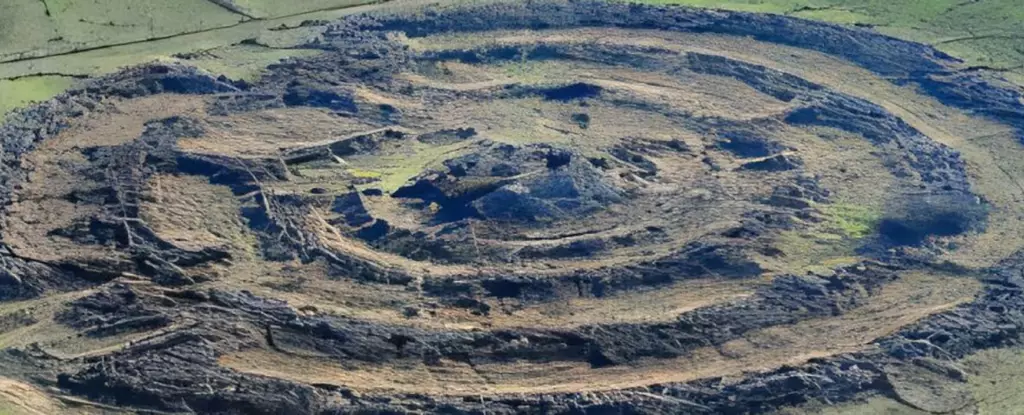Rujm el-Hiri, known as the “Wheel of Ghosts,” is an awe-inspiring megalithic site situated on the Golan Heights plateau in southwest Syria. For centuries, scholars and archaeologists have debated its purpose, often positing that it served as an astronomical observatory aligned with celestial bodies. However, recent research has turned this long-held belief on its head, prompting a re-evaluation of the monument’s initial significance and construction.
Traditional assumptions about Rujm el-Hiri’s alignment with stars and planets have been called into question by a collaborative study conducted by researchers from Tel Aviv University and Ben-Gurion University. Utilizing a multi-faceted approach that includes geomagnetic analysis, tectonic reconstruction, and remote sensing techniques, the researchers discovered that the site has undergone substantial shifts over thousands of years. This empirical evidence suggests that Rujm el-Hiri has not always maintained its celestial alignments, leading to a reconsideration of its potential functions and historical context.
The study highlighted how the geological landscape surrounding Rujm el-Hiri has transformed due to the tectonic evolution of the region. The researchers identified that the monument has rotated counterclockwise and shifted by several meters from its original site. These geological movements significantly affect its orientation and implicate a dynamic interaction between the structure and its environmental conditions. Insights gleaned from geomagnetic signatures point towards a complex history of both natural and anthropogenic forces that have shaped the site.
Dating the construction of Rujm el-Hiri suggests origins as early as 4500 BCE, with possible alterations extending into the Bronze Age (circa 3600 to 2300 BCE). The site encompasses a central cairn surrounded by concentric circles of basalt stone, spanning an impressive 150 meters. Researchers speculate that it may have served as a fortification or social gathering space, a multifaceted purpose that adds layers to its historical significance.
Additionally, it is essential to recognize that many archaeological sites in this region have experienced modifications over time. The study reveals that structures at Rujm el-Hiri and surrounding areas underwent continuous renovations and remodels. New features were often added, and old layers were obscured, creating a complex repository of human activity. This ongoing construction and re-purposing of the site indicate that the monument was integral to the communities that lived in its shadow.
The interdisciplinary methodology employed by the research team marks a significant advancement in archaeological studies within the Southern Levant. By deploying geospatial analysis and paleomagnetic reconstruction, the researchers gained a holistic view of Rujm el-Hiri’s transformation over centuries. This combination of scientific techniques has not only illuminated the past but has also showcased the immense potential for future research.
In an intriguing twist, the researchers highlight that these techniques could be pivotal for training artificial intelligence algorithms. By training AI to detect similar ancient structures through satellite imagery, future archaeological endeavors could be propelled forward, potentially uncovering undiscovered sites shrouded in obscurity.
The findings from the Rujm el-Hiri study extend beyond the confines of the Levant, inviting a global discourse around megalithic structures and burial mounds. As researchers continue to examine comparable sites across the world, we may gain a richer understanding of ancient civilizations and their interactions with the environment.
The Rujm el-Hiri monument remains an emblem of past ingenuity and cultural significance. While the new research has redefined its purpose, it opens doors to countless questions about how ancient peoples perceived their world and how they sought to leave their mark on it. This captivating site continues to inspire inquiry, reminding us that history is a vast tapestry woven together from ever-evolving interpretations and discoveries.


Leave a Reply